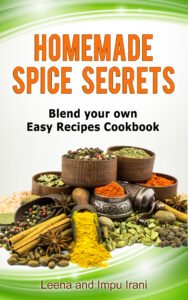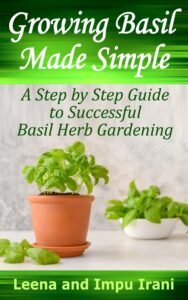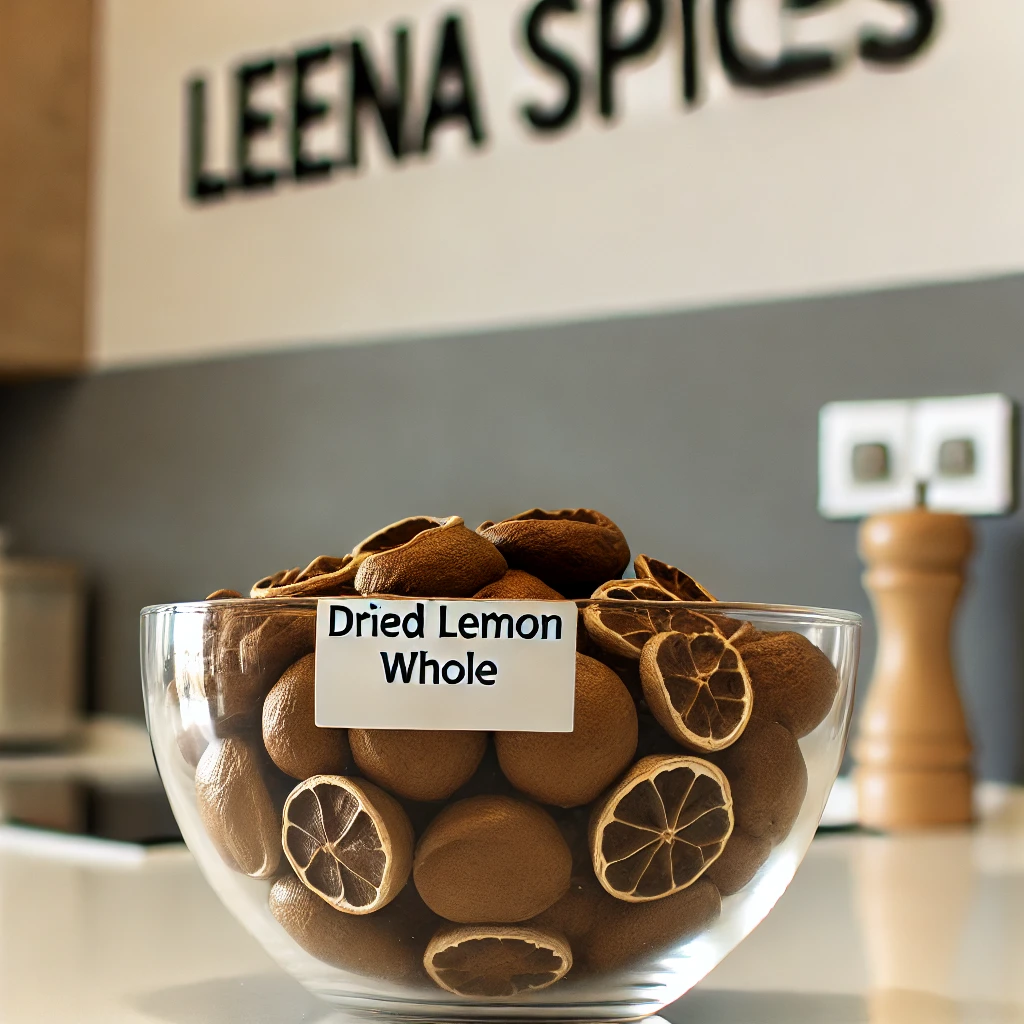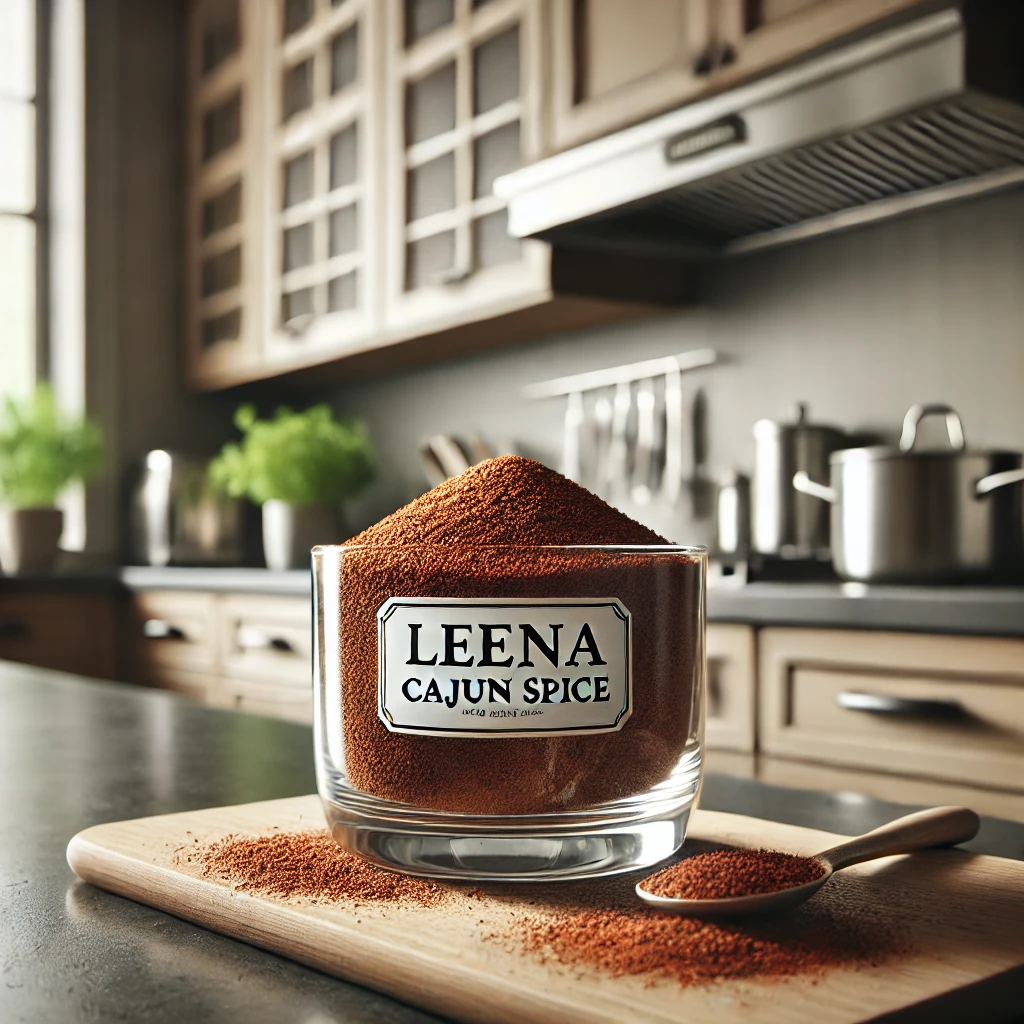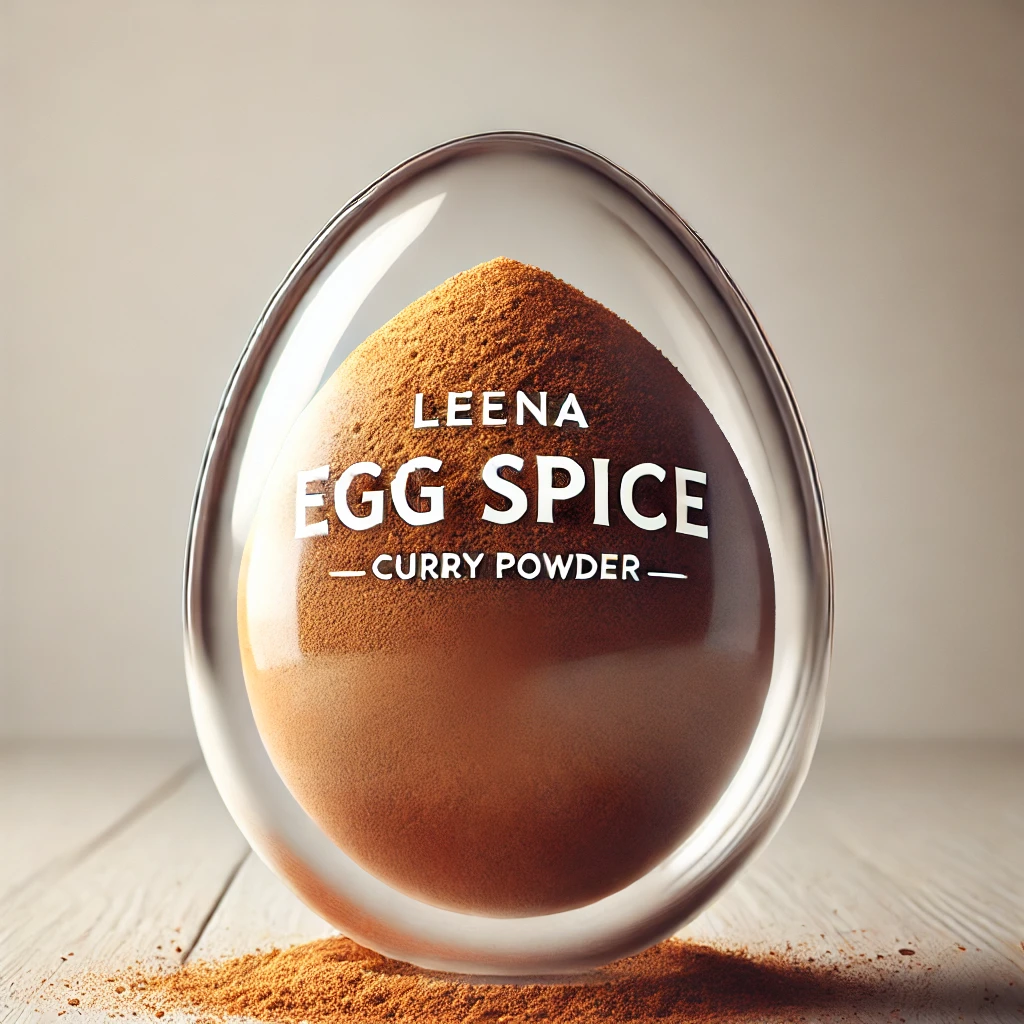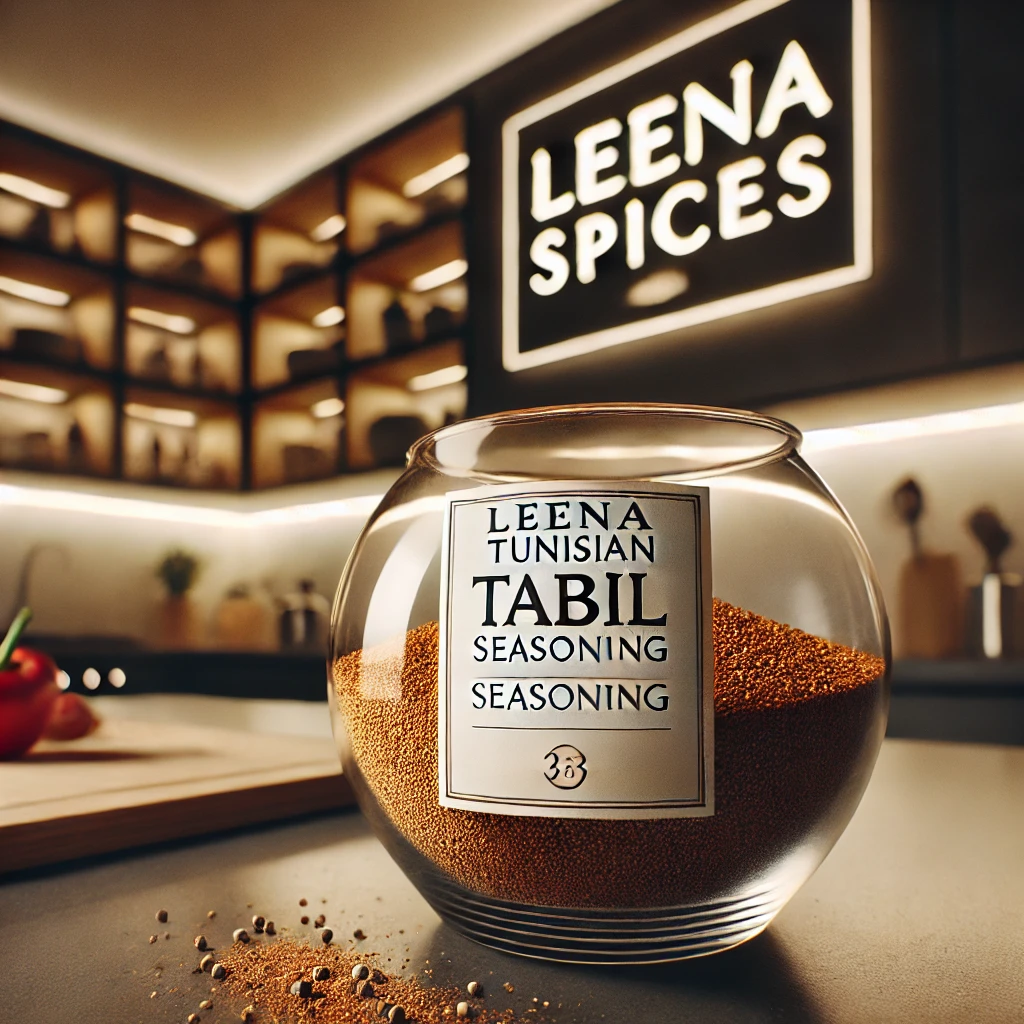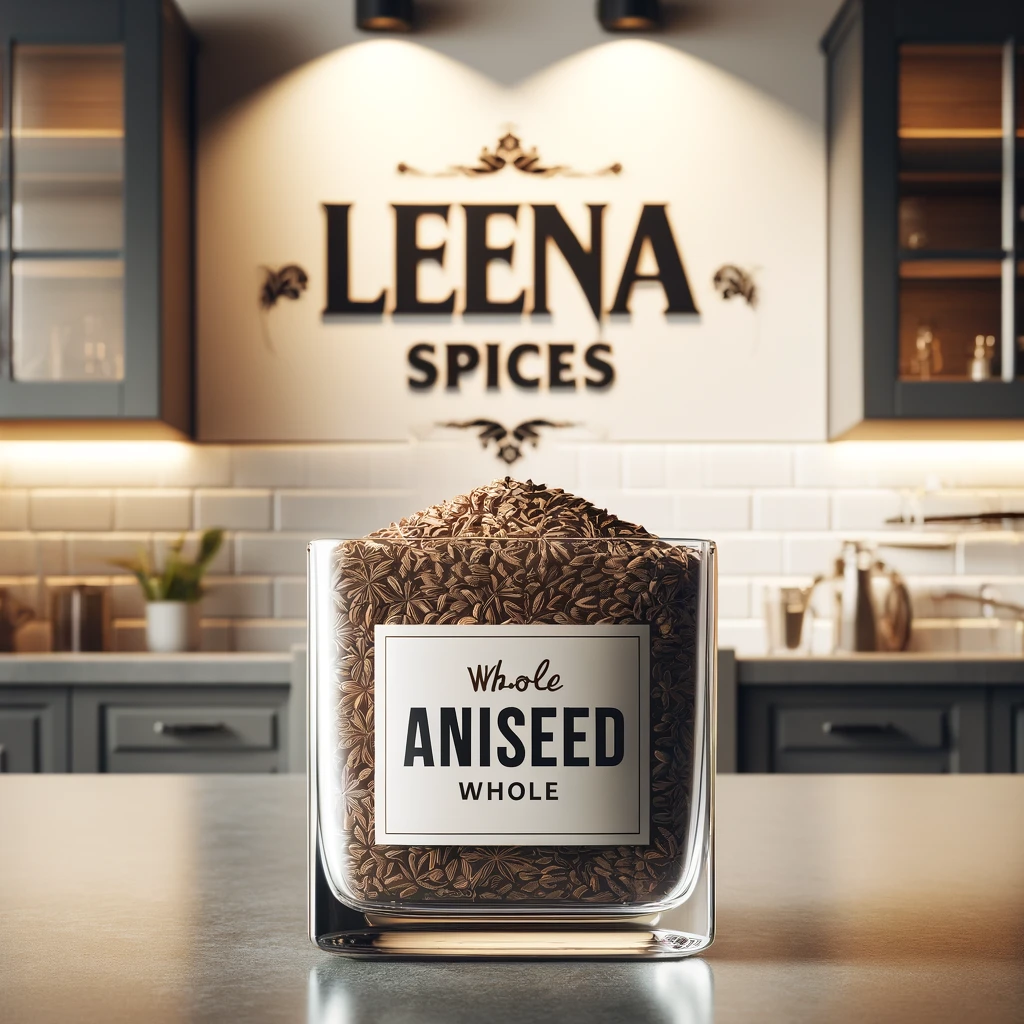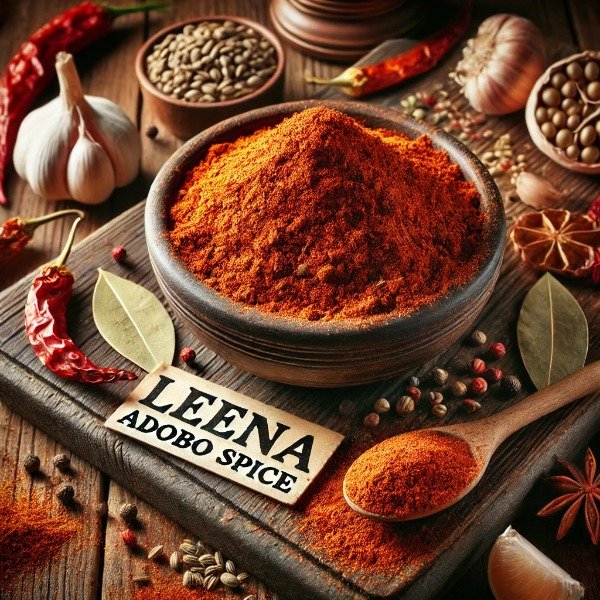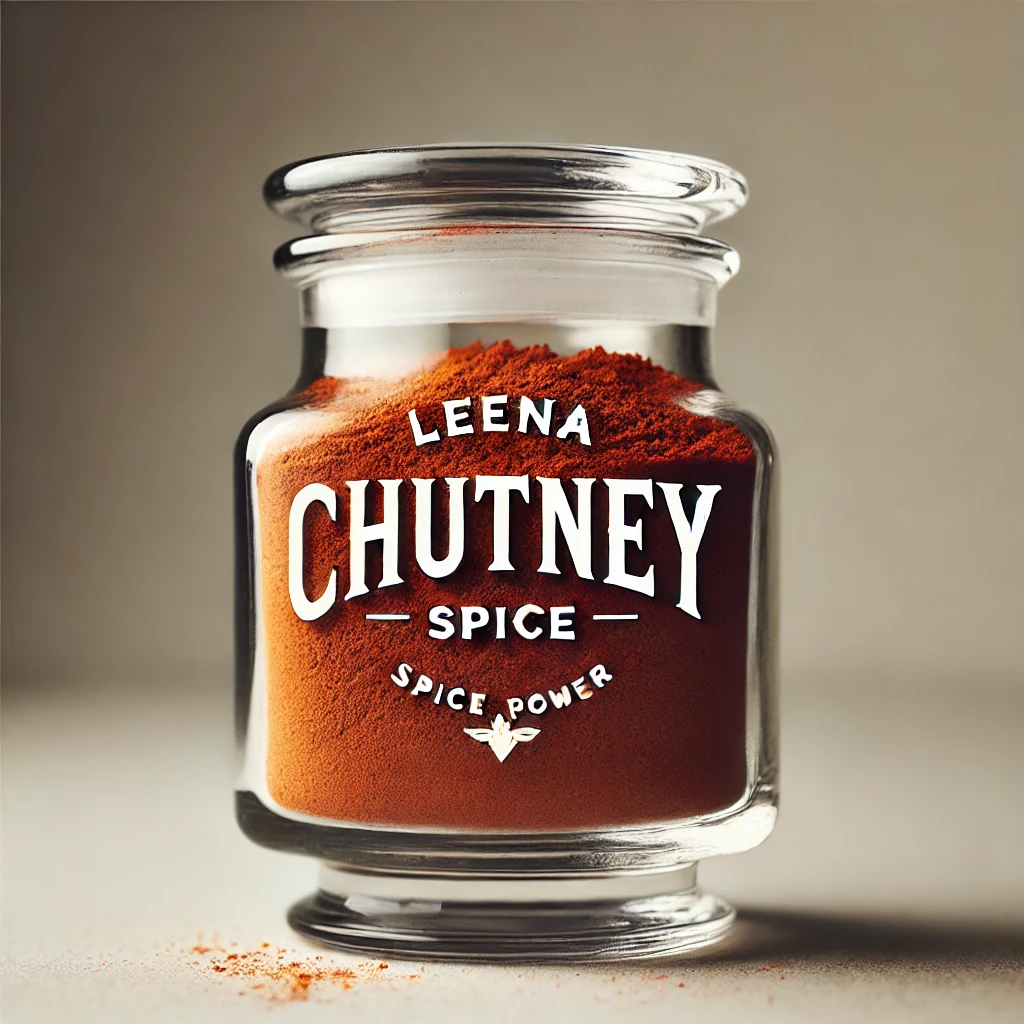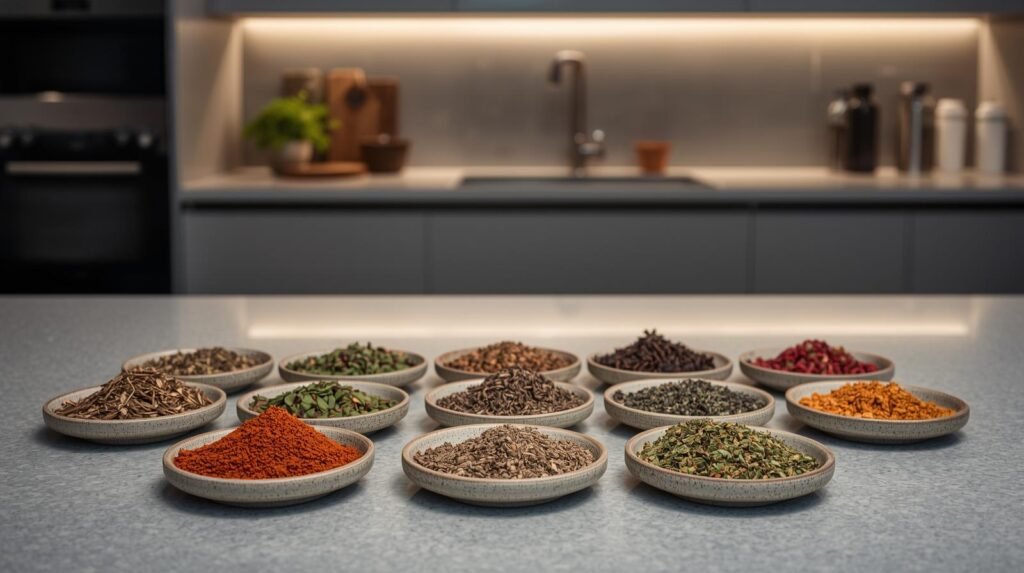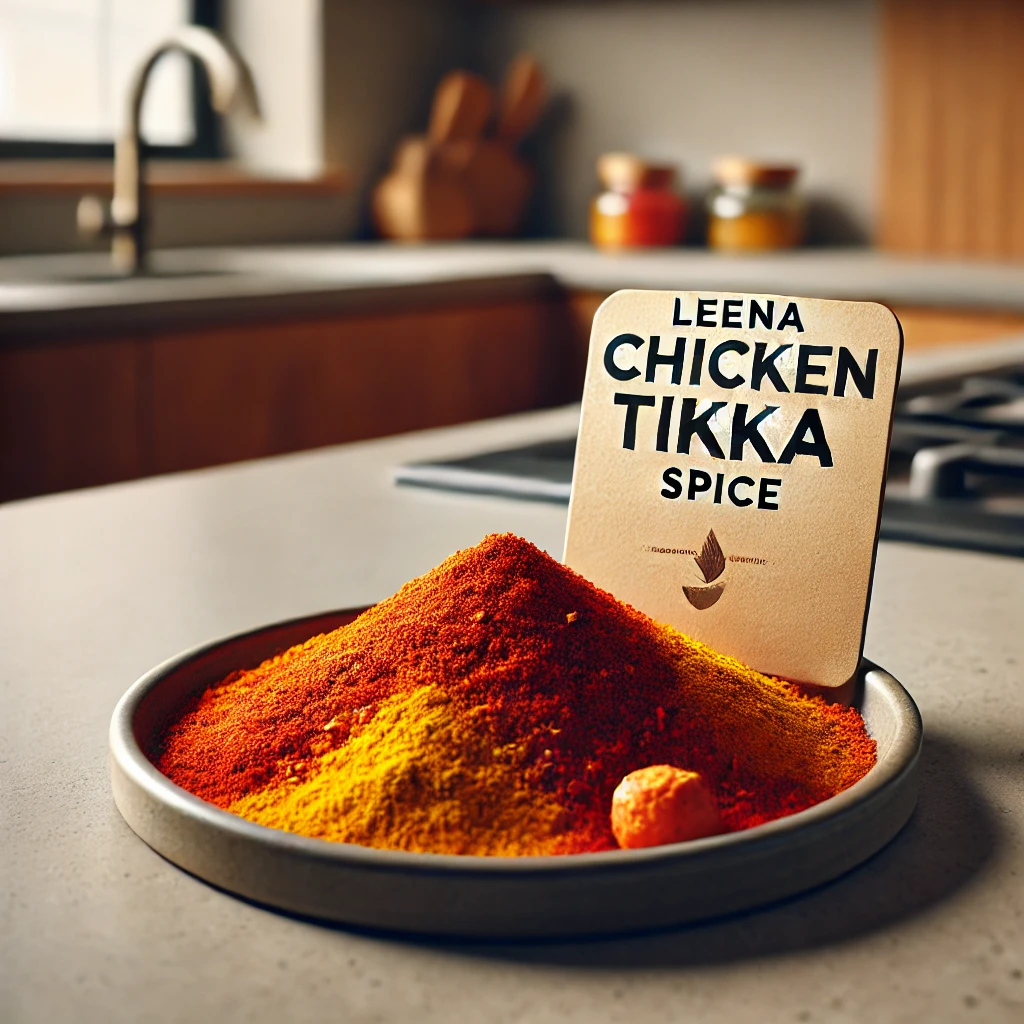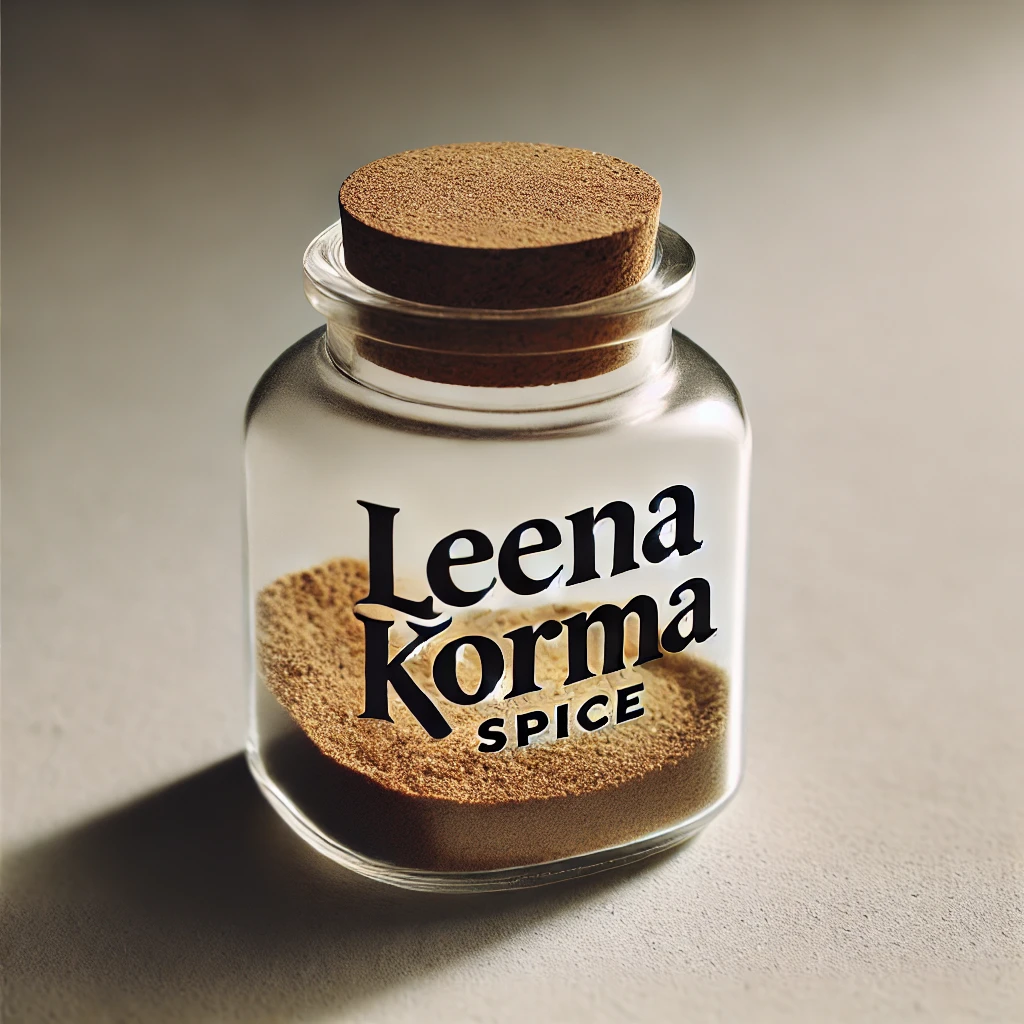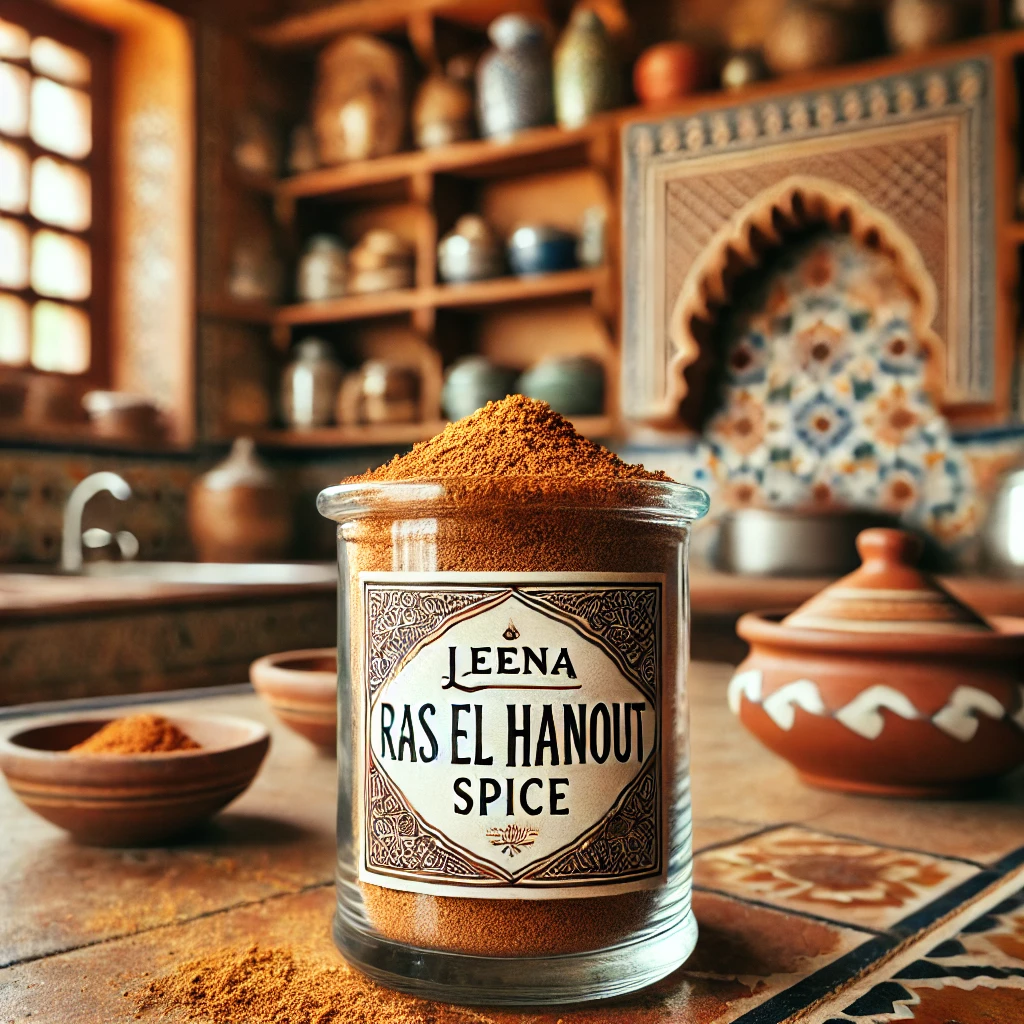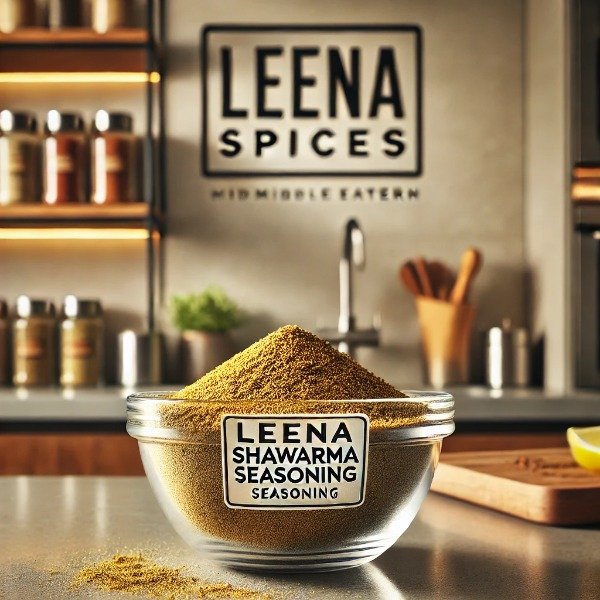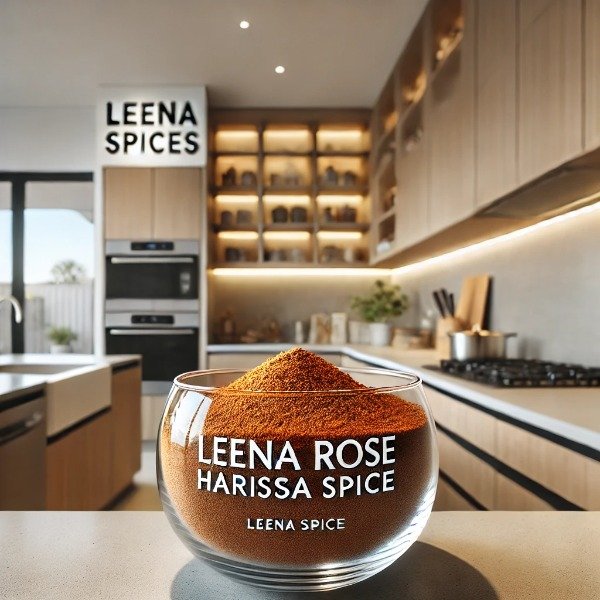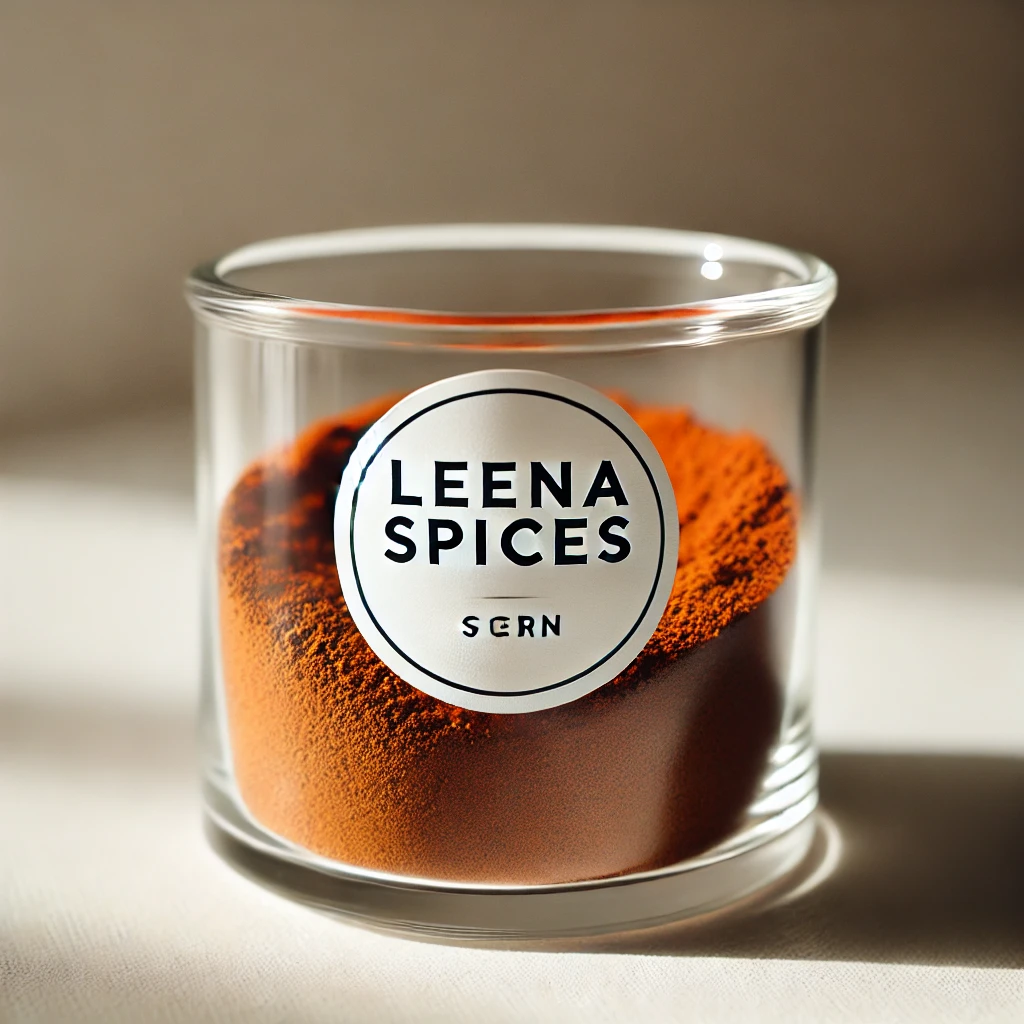4 Powerful Birth Masala Benefits for Faster Recovery During Pantang Postpartum Confinement
Table of Contents
- Introduction
- Key Takeaways: Pantang and Birth Masala
- What is Pantang postpartum confinement practice?
- How Long Does Pantang Last?
- Can I Use Birth Masala During Pantang Confinement?
- Frequently Asked Questions (FAQs)
- Final Words
Introduction
Pantang is the traditional Malay postpartum confinement practice designed to help new mothers recover physically and emotionally after childbirth. Spanning 40–44 days (or shorter modern adaptations), it emphasizes rest, warmth, and nourishing foods to support healing, lactation, and long-term health. A key part of this recovery is Birth Masala, a traditional spice blend of warming and restorative ingredients such as fenugreek, fennel, cumin, turmeric, ginger, and coriander. Used in meals, teas, and broths, Birth Masala aids digestion, promotes milk production, enhances immunity, and supports gentle recovery, making it a cornerstone of the Pantang diet.

Key Takeaways: Pantang and Birth Masala
Q1: What is Pantang?
A: Pantang is the traditional Malay postpartum confinement practice, designed to help new mothers recover physically and emotionally, support lactation, and protect long-term health. It combines rest, warmth, nutrition, and family support into a structured recovery routine.
Q2: How long does Pantang usually last?
A: Traditionally, Pantang lasts 40–44 days, reflecting the natural recovery period after childbirth. Modern adaptations may shorten this to 20–30 days while keeping the core principles of rest, warmth, and nourishment intact.
Q3: What are the main practices of Pantang?
A: Key practices include:
- Prioritizing rest and limiting strenuous activity.
- Warming treatments like hot compresses, herbal baths, and abdominal binding (bengkung/barut).
- Traditional massage (urut) to improve circulation and relieve muscle tension.
- A nourishing diet and herbal tonics, including spices like turmeric and birth masala.
- Gentle hygiene and wound care, especially after C-section or perineal tears.
Q4: Can Birth Masala be used during Pantang?
A: Yes. Birth Masala, a postpartum spice blend containing fenugreek, fennel, cumin, coriander, turmeric, ginger, and carom seeds, complements Pantang by promoting warmth, aiding healing, supporting digestion, and enhancing lactation.
Q5: What are the benefits of using Birth Masala during Pantang?
A:
- Supports Lactation: Fenugreek and fennel stimulate milk production.
- Aids Digestion: Cumin, coriander, and ajwain reduce bloating and gas.
- Promotes Healing: Turmeric and ginger reduce inflammation and aid wound recovery.
- Restores Warmth and Energy: Warming spices improve circulation and overall vitality.
Q6: How should Birth Masala be used safely?
A:
- Start with ¼–½ teaspoon daily in soups, broths, porridges, or warm drinks.
- Avoid blends with chili or overly “hot” spices.
- Consult a healthcare provider if you have medical conditions like diabetes or hypertension.
- Limit turmeric temporarily if experiencing heavy postpartum bleeding.
Q7: Why is Birth Masala a good fit for Pantang?
A: It embodies Pantang’s philosophy of warmth, nourishment, and gentle healing. When used in moderation, it helps mothers regain strength, support lactation, improve digestion, and promote a calm, restorative recovery.
What is Pantang postpartum confinement practice?
Core principles
Pantang revolves around three simple, repeated themes: rest, warmth, and nourishment. These principles shape the routines, foods, and therapies used during the confinement period.Key practices
- Rest and limited activity Mothers are encouraged to prioritise rest, avoid heavy household work and strenuous activity, and limit visitors. The aim is to conserve energy, support wound healing (including C-section recovery), and provide uninterrupted time to bond with the baby.
- Warming treatments Many Pantang therapies aim to keep the body warm and improve circulation. Common practices include:
- Hot compresses (bertungku/bertuku): Heated objects wrapped in cloth are rolled on the abdomen to encourage circulation and help the uterus contract.
- Herbal baths and steam: Warm baths infused with herbs soothe muscles and promote relaxation.
- Abdominal binding (bengkung/barut): A long cloth is wrapped around the abdomen to provide support, reduce swelling, and help the core return to its pre-pregnancy shape.
- Traditional massage (urut) Skilled massage—often performed by a trained midwife (bidan) or experienced practitioner—helps relieve muscle tension, improve blood flow, and restore bodily alignment after pregnancy.
- Diet and herbal tonics Dietary guidance focuses on nourishing, easily digested foods considered “warming”: broths, stews, and herbal tonics. Spices such as turmeric and locally used blends (birth masala/jamu) are commonly included for their perceived anti-inflammatory and lactation-supporting properties. Conversely, certain raw or “cooling” foods (e.g., some fruits or cold drinks) are traditionally avoided until recovery progresses.
- Hygiene and gentle care Hygiene is adapted to recovery needs—gentle cleansing to prevent infection, careful wound care after C-section or perineal tears, and maintaining cleanliness during herbal applications.
Purpose and benefits
Pantang is designed to:- Support physical recovery — encourage uterine involution, reduce swelling, and help heal wounds.
- Promote lactation — rest and nutrition combined with specific foods and tonics support milk production.
- Protect long-term health — traditional beliefs frame confinement as protection against future ailments caused by “cold” or “wind.”
- Provide emotional support — the confinement period structures family care, reducing stress and easing the transition into motherhood.
Cultural variations and modern adaptation
Pantang shares similarities with confinement practices across Southeast and East Asia (e.g., Zuo Yue Zi). In multicultural settings such as Malaysia and Singapore, elements from Malay, Chinese, and Indian traditions are often blended—using Indian birth masala or Chinese herbal formulas alongside Malay therapies. Contemporary adaptations include:- Shorter or modified taboos (e.g., warm showers instead of prolonged avoidance of bathing).
- Professional confinement services and centres offering trained staff and hygienic facilities.
- Commercial products: pre-packaged herbal teas, postpartum supplements, and professionally taught bengkung binding.
Precautions
Pantang practices are generally supportive, but safety matters:- Consult healthcare providers—especially after C-section, for chronic conditions (e.g., diabetes), or if using concentrated herbal preparations.
- Hygiene with topical treatments—ensure herbs, pastes, and instruments are clean to reduce infection risk.
- Monitor mental health—rest and social support help, but watch for signs of postpartum depression and seek professional care when needed.
- Allergies and interactions—check for allergic reactions and possible interactions if combining herbal remedies with prescribed medications.
Final note
Pantang is a pragmatic, culturally anchored system of postpartum care that remains relevant because it combines rest, nutrition, manual therapies, and family support. Many modern mothers retain its helpful elements while adapting practices to contemporary medical advice and personal needs—making Pantang both a tradition and a flexible framework for postpartum recovery.Related Posts You May Like
The Ultimate Guide to Birth Masala 7 Essential Benefits for New Mothers
Top 7 Postpartum Herbs to Boost Milk Supply the Natural Way
Top 8 Herbs for Postpartum Recovery: Natural Lactation & Healing Support for New Moms
12 Healing Zuo Yuezi Soups with Medicine Curry Birth Masala for Modern Postpartum Care
Medicine Curry Powder Birth Masala Spice Blend With Postpartum Recovery
How Long Does Pantang Last?
The Pantang confinement period traditionally lasts between 40 and 44 days in Malay culture. This duration reflects both cultural wisdom and the natural biological recovery period after childbirth. It allows the mother’s body time to heal, regain strength, and restore internal balance while adjusting to the demands of motherhood.
Traditional Duration
In most Malay households, the confinement period is observed for around 44 days. This time frame is considered essential for full physical recovery, emotional stability, and the prevention of long-term ailments believed to result from insufficient postpartum rest. During this period, mothers follow structured routines of rest, special diets, massages, and herbal therapies to aid healing and improve overall well-being.
Variations Across Cultures
The duration of postpartum confinement varies across communities in Southeast Asia:
- Malay Pantang: Typically 40–44 days.
- Chinese Confinement (Zuo Yue Zi): Traditionally 30 days (one lunar month), sometimes extended to 40–45 days for complete recovery.
- Extended Periods: In some families or rural areas, confinement may continue for 60 to 100 days, depending on custom, health, or personal preference.
Modern Adaptations
In today’s context, especially for working mothers or those living in urban areas, the Pantang period may be shortened to 20–30 days. These modern adaptations maintain the core principles—rest, warmth, and nutrition—while adjusting to contemporary lifestyles and medical guidance.
The 40-Day Tradition
The 40–44 day confinement aligns closely with medical understanding of postpartum recovery. It generally takes about six weeks for the uterus to return to its pre-pregnancy size, for hormonal levels to stabilise, and for the mother’s strength to return. This makes the traditional Pantang timeline both culturally meaningful and physiologically sound.
Can I Use Birth Masala During Pantang Confinement?
- Supports Lactation Fenugreek and fennel are natural galactagogues—substances that stimulate milk production. Regular use helps maintain a healthy milk supply for breastfeeding mothers.
- Aids Digestion and Reduces “Wind” Cumin, coriander, and ajwain (carom seeds) help strengthen digestion, prevent bloating, and reduce gas. This is important, as many postpartum women experience digestive sensitivity or discomfort after delivery.
- Promotes Healing and Reduces Inflammation Turmeric and ginger are known for their anti-inflammatory and antiseptic properties. They help reduce swelling, aid internal wound recovery, and support uterine healing after childbirth or a C-section.
- Restores Warmth and Energy Pantang emphasizes maintaining body warmth to prevent “wind” (angin) and fatigue. The warming nature of Birth Masala helps restore internal heat, improve circulation, and promote overall vitality during recovery.
- Soups and Broths: Add ¼ to ½ teaspoon to chicken soup, lentil soup, or vegetable broth.
- Porridges: Stir a small amount into rice or oat porridge for a nourishing, easily digestible meal.
- Warming Drinks: Mix a pinch into warm milk or herbal tea for gentle warmth and energy.
- Everyday Meals: Sprinkle a little into curries or stews instead of chili-heavy spice blends.
- Moderation Is Key: Start with small amounts (¼–½ teaspoon daily). Excessive intake of warming spices can sometimes irritate digestion or cause heartburn.
- Check Ingredients: Avoid blends that include chili, garam masala, or overly “hot” spices not recommended during confinement.
- Consult Your Healthcare Provider: Especially if you have diabetes (fenugreek may lower blood sugar), hypertension, or allergies to specific spices.
- Avoid Cooling Foods Together: Do not combine Birth Masala with cooling foods like cucumber, cabbage, or cold drinks, as they counteract its warming effect.
- For Post-C-Section Recovery: If experiencing heavy bleeding, limit turmeric temporarily, as it has mild blood-thinning properties.
Frequently Asked Questions (FAQs)
Can I use Birth Masala if I had a C-section?
Yes. Birth Masala is safe for most mothers post-C-section when used in moderation. Its anti-inflammatory and healing properties support wound recovery, but always consult your doctor before adding new herbs or spices to your diet.
How often should I consume Birth Masala during Pantang?
A small amount (¼–½ teaspoon) once or twice daily is generally sufficient. It can be added to soups, porridges, or warm milk to ensure gentle digestion and gradual health benefits.
Can I prepare Birth Masala at home, or should I buy it pre-made?
Both options are acceptable. Homemade Birth Masala ensures freshness and control over ingredients, while store-bought blends offer convenience. Always check for additives or chili in commercial products.
Can Birth Masala help with milk supply?
Yes. Spices like fenugreek and fennel in Birth Masala are natural galactagogues, which can help stimulate and maintain breast milk production when combined with proper hydration and a balanced diet.
Are there modern versions of Birth Masala for shorter confinement periods?
Yes. Some modern adaptations reduce strong spices, use milder formulations, or offer capsules, teas, or pre-mixed pastes for busy mothers, while retaining digestive, healing, and lactation-supportive benefits.
Are there any foods or drinks I should avoid when taking Birth Masala?
Traditional guidance suggests avoiding “cooling” foods such as cucumber, cold drinks, or raw salads, as they may counteract the warming effects of the spice blend during Pantang.
Can Birth Masala be included in beverages for hydration?
Absolutely. It can be steeped in warm water or milk, brewed as herbal tea, or added to light broths to support hydration, digestion, and gentle postpartum recovery.
Final Words
Incorporating Birth Masala into the Pantang confinement period supports a new mother’s recovery, digestion, lactation, and overall well-being. Rooted in tradition yet adaptable to modern lifestyles, this warming spice blend works hand in hand with rest, nourishing meals, and gentle therapies to promote healing and vitality after childbirth. Whether prepared at home or chosen from a trusted store-bought option, using Birth Masala thoughtfully can help mothers navigate the postpartum period with comfort, strength, and renewed energy.
